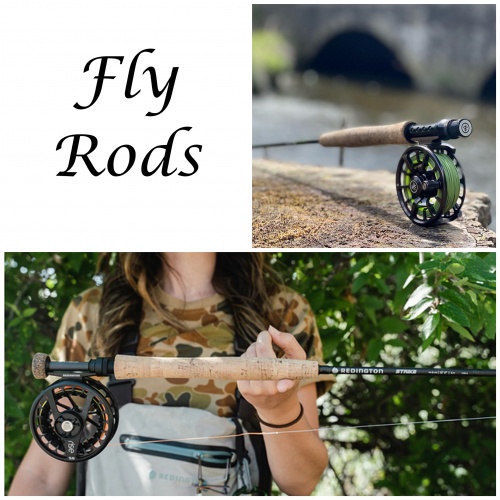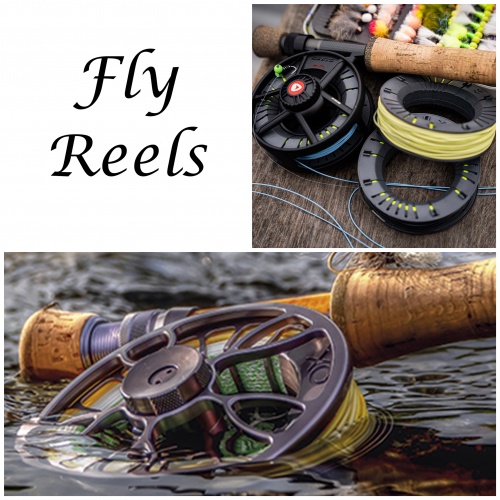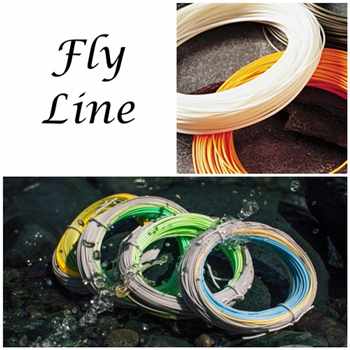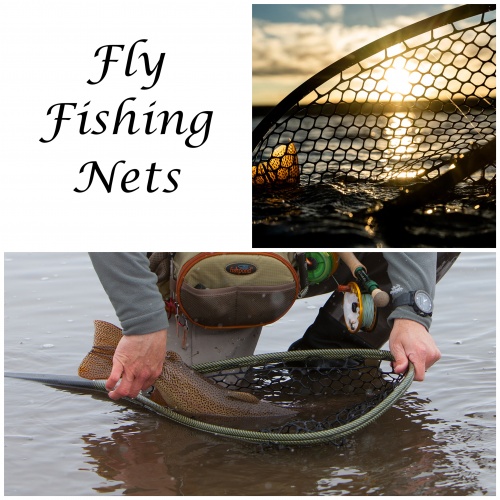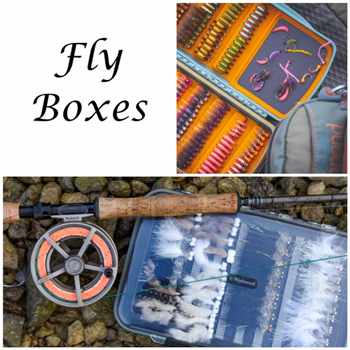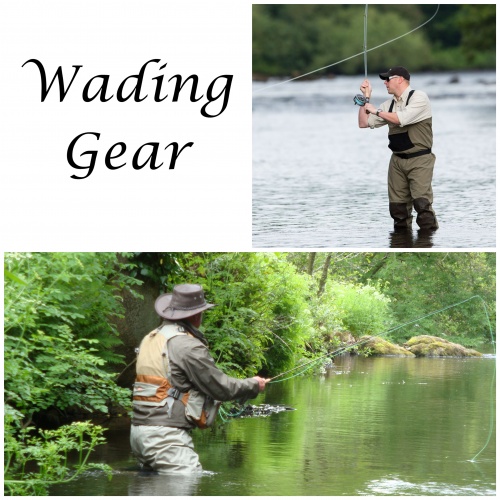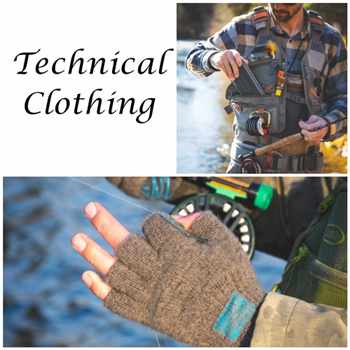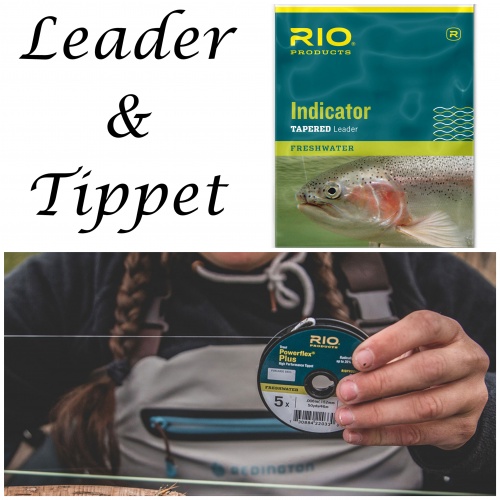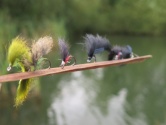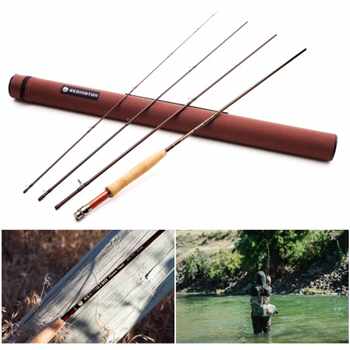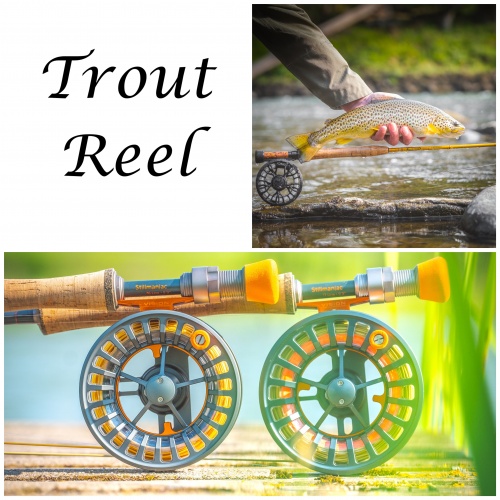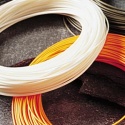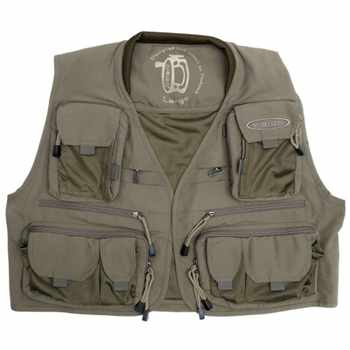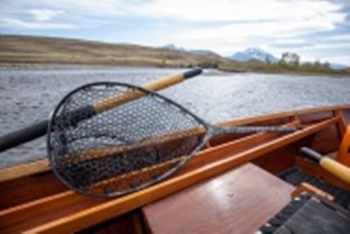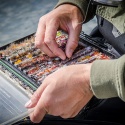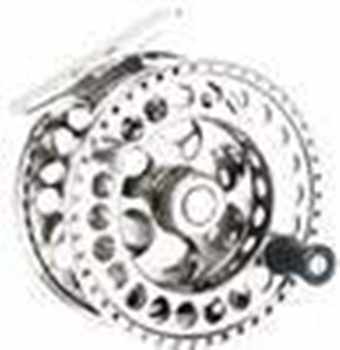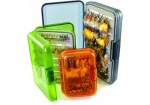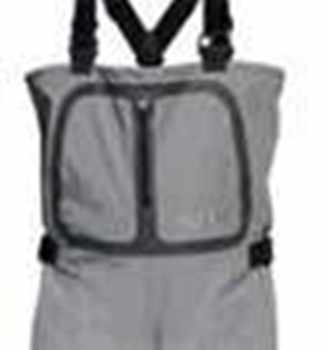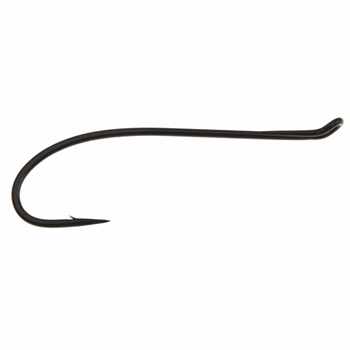Fly Fishing Rod Action 2
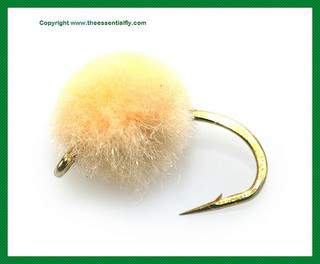 Following the innovations in new materials during World War II that were used in the making of fly fishing rods, it’s interesting to realise that the first fibreglass rods were designed to emulate bamboo. Some fiberglass rods at the time were very soft, and the longer the rod the more “noodly” they became. Spaghetti bolognese, anyone?
Following the innovations in new materials during World War II that were used in the making of fly fishing rods, it’s interesting to realise that the first fibreglass rods were designed to emulate bamboo. Some fiberglass rods at the time were very soft, and the longer the rod the more “noodly” they became. Spaghetti bolognese, anyone?
But one we reached the space age and we find the fly rod took advantage of graphite and boron. As it turned out, though boron was tried and rejected because it was considerably much heavier and weaker than graphite. The companies who had been making fiberglass rods tried to make them in every way behave like bamboo. So the advent of the new materials posed some interesting questions.
Some existing companies, which had already invested in equipment for the older materials, chose to replace part of the threads in the fabric of their rods with graphite. While that made them rods lighter, it changed their action only very slightly. New companies, instead of making the same slow or medium action rods, chose to do something different, which was the birth of fast action rods.
Fast rods that are light and you use the tip to propel the line. In other words, the angler doesn’t have to work so hard and doesn’t tire so quickly.
Fast rods use the end and middle sections to play the fish, and the top third to cast the line. Though this makes does make the tip section somewhat vulnerable to breakage if the rod is used incorrectly.
Whichever type of rod, match the action and the price to what best suits your style and pocket. And don’t every buy a fly fishing rod you’ve not cast first.





